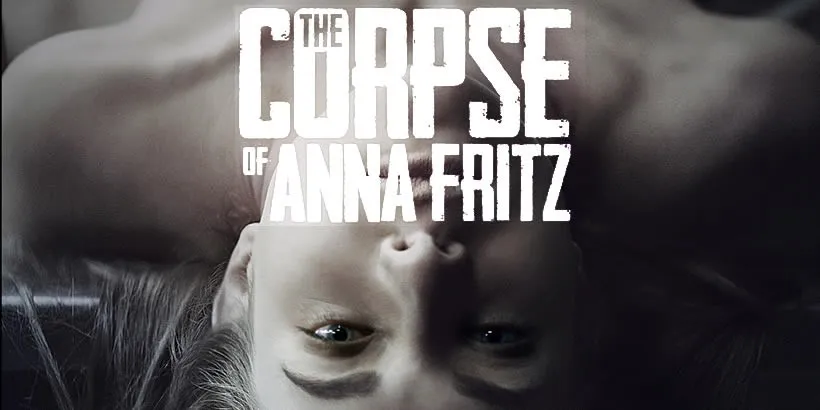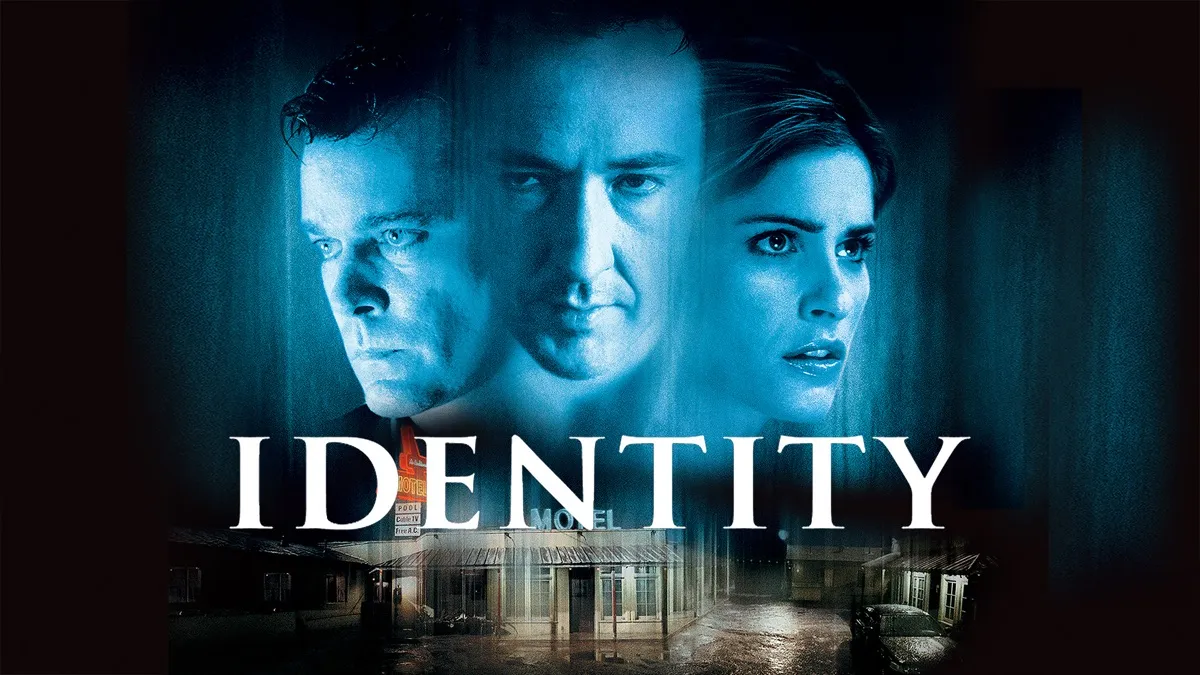In the desolate, windblown highways of America’s heartland, fear can come from nowhere — and in The Hitcher (1986), it comes in the form of a man with no name, no reason, and no mercy. Directed by Robert Harmon and written by Eric Red, The Hitcher isn’t just a road movie — it’s a minimalist nightmare that explores the fragility of sanity, the unpredictability of evil, and the vast emptiness of the American landscape.
With chilling performances, especially from Rutger Hauer as the titular hitchhiker, the film blends suspense, horror, and existential dread into one of the most underrated thrillers of its time. While not a commercial hit on release, it has since gained a strong cult following — and remains a chilling experience that lingers long after the credits roll.
But what if the story didn’t end with a bullet on the highway? What if evil — like the open road — has no real end?
The Hitcher follows Jim Halsey (C. Thomas Howell), a young man driving across the desert to deliver a car from Chicago to San Diego. Tired and alone, Jim picks up a hitchhiker named John Ryder (Rutger Hauer), a seemingly quiet drifter who quickly reveals himself to be a remorseless killer.
Ryder calmly tells Jim that he has murdered others before and will kill again. Jim, terrified, manages to push him out of the car — but the nightmare is just beginning.
Ryder begins stalking Jim across the desert highways, framing him for a string of grisly murders. Every time Jim thinks he’s escaped, Ryder reappears — not always to kill, but to torment. Their cat-and-mouse game escalates until Jim is completely isolated, hunted not only by Ryder but also by the police who believe Jim is responsible for the killings.
Along the way, Jim briefly finds an ally in a young waitress named Nash (Jennifer Jason Leigh), but her fate — in one of the film’s most horrifying and tragic scenes — cements Ryder as one of cinema’s most terrifying villains. The film ends with Jim finally confronting Ryder, killing him with a shotgun in a moment of exhausted revenge — or perhaps hollow victory.
Part of what makes The Hitcher so effective is its simplicity. It doesn’t rely on elaborate backstories, flashy kills, or supernatural explanations. Instead, it presents evil as something that cannot be reasoned with or understood — embodied perfectly by Rutger Hauer’s icy, enigmatic performance.
John Ryder never explains his motives. He doesn’t seem interested in robbery, revenge, or even sadism. He is death on the road — a force that chooses Jim as a kind of twisted student or heir. There's something disturbingly philosophical about Ryder, as if he wants Jim to see what he sees: the fragility of life and the illusion of safety.
The film’s setting — the endless, empty highways of the American Southwest — enhances the feeling of isolation and helplessness. No one is coming to help. There’s no GPS, no cell phones, just dirt, wind, and one man being hunted for no reason.
.png)
Its use of silence and visual space creates an atmosphere of sustained dread, punctuated by sudden violence and moral ambiguity. While the 1986 film stands on its own, there’s room for a thematic sequel — not as a continuation of Jim’s exact story, but as a return to the world The Hitcher created.
Set nearly 40 years later, Shadow Mile follows Claire Benton, a former FBI agent turned true crime podcaster who becomes obsessed with a cold case involving a series of unexplained murders along a stretch of desert highway known as “The Black Strip.” The killings bear eerie similarities to the Ryder case from the ’80s — all victims found at rest stops or in burned-out cars, with no fingerprints, no DNA, and no motive.
Claire retraces the original events, interviewing a now-reclusive Jim Halsey, who warns her: “You’re not chasing a man. You’re chasing the dark.” He insists Ryder was not just a man — he was something worse. Something that finds people who need to be broken.

Despite the warnings, Claire hits the road — and picks up a stranded traveler. Polite. Quiet. Calm. But soon, the ride turns strange.
In Shadow Mile, the terror isn't just physical — it’s psychological. Claire’s grip on reality begins to falter. She sees signs, hears voices on the radio that no one else hears. Ryder (or someone wearing his face) returns, but the film keeps it ambiguous: is this a copycat? A hallucination? Or is evil truly immortal, passed from one soul to the next?
The sequel would explore the idea that evil doesn’t die, it just drives on — waiting for the next person to pick it up.
Like the original, the sequel would deal with themes of paranoia, isolation, and the human tendency to seek logic in a world that often defies it. In both stories, the protagonist is ordinary — not a soldier or cop — but someone forced to confront absolute unpredictability.
Both films raise the question: What do you do when there’s no reason? In a world built on cause and effect, The Hitcher strips that comfort away, leaving only chaos — and the choices people make under pressure.
The Hitcher endures because it taps into something primal. It isn't about gore or shock — it's about dread. It’s about realizing that the world isn’t always fair, that danger doesn’t come with a reason, and that sometimes, being in the wrong place at the wrong time is all it takes to ruin your life.
A sequel done right wouldn’t try to explain Ryder or demystify the terror. It would simply pass the keys to the next traveler and see how long they can keep driving before the shadow catches up.


-1751514849-q80.webp)


